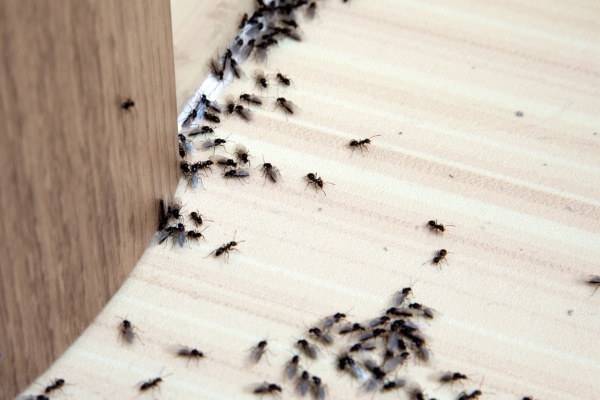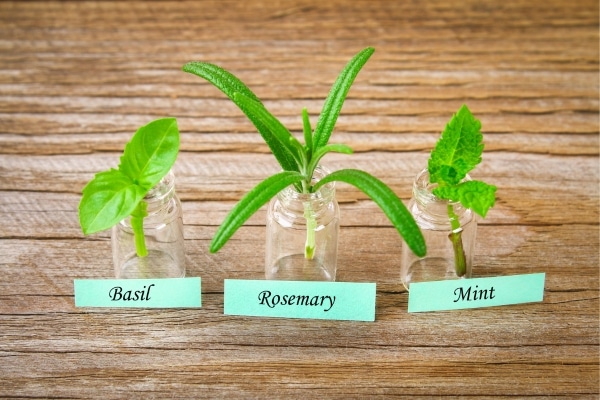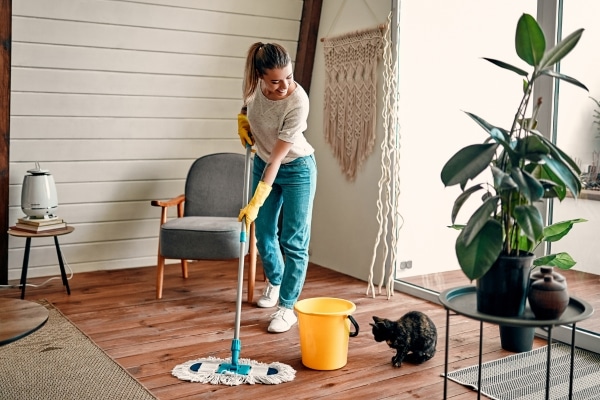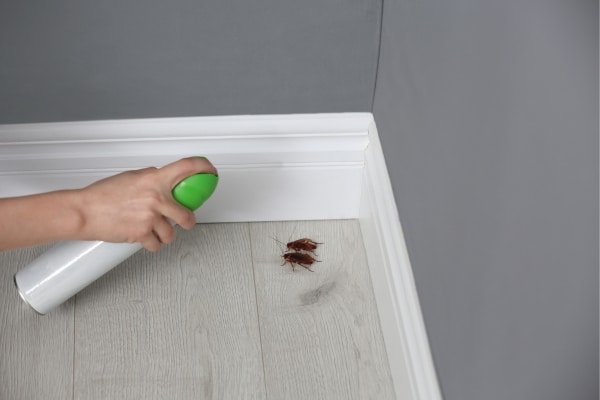Encountering insects within the confines of one’s home is a universal dilemma, sparking a quest for solutions that are not only effective but safe and environmentally friendly. The shift towards natural alternatives for insect control has gained momentum, driven by concerns over health, safety, and environmental impact. This guide introduces the world of DIY natural insect repellents, offering a beacon of hope for those seeking to protect their homes from unwanted guests without resorting to harsh chemicals. From understanding the behaviors of common household insects to crafting simple, eco-friendly deterrents, this post promises a comprehensive toolkit for a bug-free home, harnessing the power of nature to create safer, healthier living spaces.
Contents
Understanding Your Enemy: Common Household Insects

The first step in effective pest control is knowing what you’re up against. Common invaders such as ants, mosquitoes, flies, and cockroaches each have unique habits and preferences that can lead them into human habitats. By recognizing these patterns, homeowners can tailor their prevention strategies more effectively. For instance, ants are attracted to sweets and proteins, making kitchen counters and floors prime targets for their foraging.
Understanding the specific needs and behaviors of these pests aids in creating targeted approaches to keep them at bay. For example, mosquitoes are drawn to standing water where they breed, highlighting the importance of eliminating such sources around the home. Knowledge of these habits not only informs prevention strategies but also assists in identifying the most vulnerable areas in one’s living space.
The Appeal of Going Natural

The appeal of natural insect repellents lies in their safety and environmental friendliness. Unlike their chemical counterparts, these solutions pose minimal risks to children, pets, and the ecosystem. This makes them an ideal choice for households prioritizing health and sustainability. The use of natural ingredients also reduces the home’s chemical load, contributing to a cleaner, more natural living environment.
Moreover, many of these natural solutions are multipurpose, offering benefits beyond insect repulsion, such as aromatic properties that enhance the home’s ambiance. Essential oils, for example, can double as air fresheners, creating a pleasant environment while deterring pests. This dual functionality not only makes natural repellents practical but also cost-effective, appealing to the economically and ecologically conscious.
Essential Oils: Nature’s Insect Repellent

Essential oils are celebrated for their potent insect-repelling properties, with certain varieties like citronella, lavender, eucalyptus, and peppermint being particularly effective. These oils can be used in various ways, from diffusers to spray repellents, offering flexibility in how they’re incorporated into the home. Furthermore, their natural fragrance adds to the living space’s appeal, providing a sensory benefit alongside pest control.
Creating a blend of these oils can enhance their effectiveness, allowing for a customized repellent that targets multiple types of insects. Simple recipes might involve mixing a few drops of essential oils with water and alcohol to create a spray that can be applied to linens, curtains, and air spaces. This approach to pest control not only ensures safety but also imbues the home with a fresh, clean scent.
Herbal Powerhouses Against Bugs

Herbs like basil, mint, and rosemary not only enrich your meals but also serve as natural insect deterrents. Planting these herbs around the home or in window boxes can create a barrier against pests, leveraging their natural aromas to repel insects. Moreover, these plants contribute to the home’s aesthetics, adding a touch of greenery while serving a functional purpose.
For those without outdoor or counter space, dried herbs can be used to create sachets or potpourri that can be placed in drawers, closets, and other areas prone to insect activity. This method keeps pests at bay and imparts a pleasant aroma to the stored items. Whether fresh or dried, these herbs offer a simple and effective way to enhance the home’s defense against insects.
The Role of Proper Sanitation and Housekeeping

Maintaining cleanliness and regular housekeeping is a cornerstone in preventing insect invasions. A clean home is less attractive to pests as it deprives them of the food sources and nesting sites they seek. Routine activities such as vacuuming, dusting, and decluttering can significantly reduce the likelihood of pests deciding to make your home theirs. Specifically, focusing on kitchen areas to eliminate crumbs and residue can deter a wide range of insects.
Moreover, addressing areas prone to moisture build-up, like bathrooms and basements, is crucial since many pests thrive in damp environments. Regularly checking for leaks and ensuring proper ventilation can help keep these areas dry and less hospitable to insects. Implementing these practices contributes to a pest-free home and promotes a healthier living environment for you and your family.
Creating Physical Barriers: Screens and Nets

Physical barriers such as window screens and door nets play a pivotal role in keeping insects outside where they belong. Ensuring these barriers are intact and free of gaps can significantly reduce the number of pests that enter the home. For added protection, consider installing door sweeps and using sealant to fill any cracks around windows and doors. These measures are particularly effective during warmer months when insects are most active.
In addition to standard screens, mosquito nets around beds and outdoor seating areas can provide a comfortable barrier against biting insects, allowing you to enjoy fresh air without the nuisance of pests. For areas with heavy insect populations, specialized screens designed to repel certain types of insects can offer enhanced protection, ensuring your living spaces remain peaceful and pest-free.
Natural Sprays and Solutions for Immediate Relief

For immediate insect issues, natural sprays and solutions can offer quick relief without the need for harsh chemicals. Ingredients like vinegar, baking soda, and lemon have natural insect-repelling properties and can be combined to create effective sprays for spot treatments. These solutions are especially useful for areas where insects enter the home or are frequently found. Not only are they safe to use around children and pets, but they also provide a clean, refreshing scent.
Additionally, creating a natural insect repellent potpourri or sachets filled with a mix of dried herbs and essential oils can be a decorative way to keep insects at bay. Placing these natural repellents in strategic areas around the home, such as entry points, living areas, and near windows, can create a barrier that deters insects. This approach allows for a continuous, passive defense against pests, blending seamlessly with your home decor.
Incorporating Bug-Repelling Decor into Your Home

Incorporating insect-repelling elements into your home decor is not only practical but can also enhance the aesthetics of your living space. For instance, decorative pots with repellent herbs or essential oil diffusers can serve dual purposes, adding to your home’s charm while keeping insects away. These natural repellents fit seamlessly into any decor style, offering a functional yet stylish solution to pest control.
For outdoor spaces, citronella candles and torches can create a cozy atmosphere for evening gatherings while protecting against mosquitoes and other biting insects. Such decor options allow you to extend your living space outdoors without the worry of pests, making your garden or patio an enjoyable retreat for family and friends. With a bit of creativity, keeping your home bug-free can be both effective and aesthetically pleasing.
Your Blueprint for a Bug-Free Sanctuary
Harnessing the power of nature offers a harmonious solution to the common household challenge of insects, marrying effectiveness with safety and environmental consciousness. Through simple, practical measures—from aromatic herbs and essential oils to diligent sanitation and strategic barriers—creating a bug-free home becomes an achievable goal. This guide unlocks the door to a pest-free living environment, inviting you to explore and implement these natural strategies, fostering a healthier, more comfortable home for you and your loved ones.